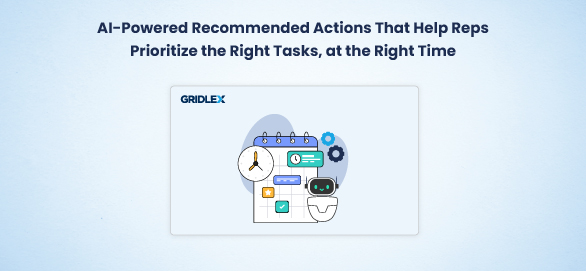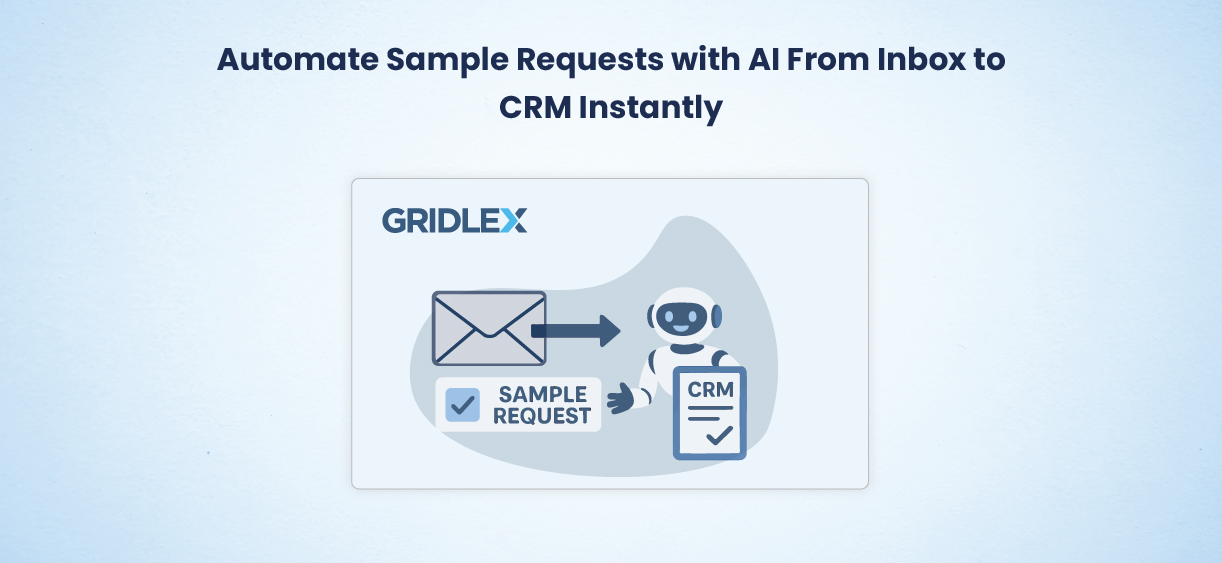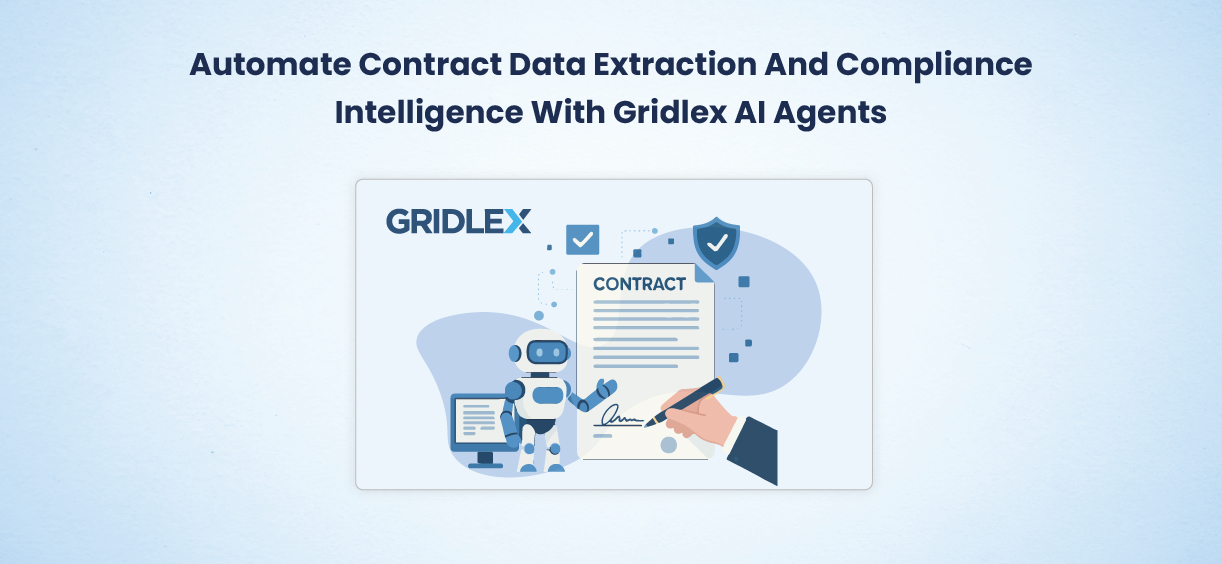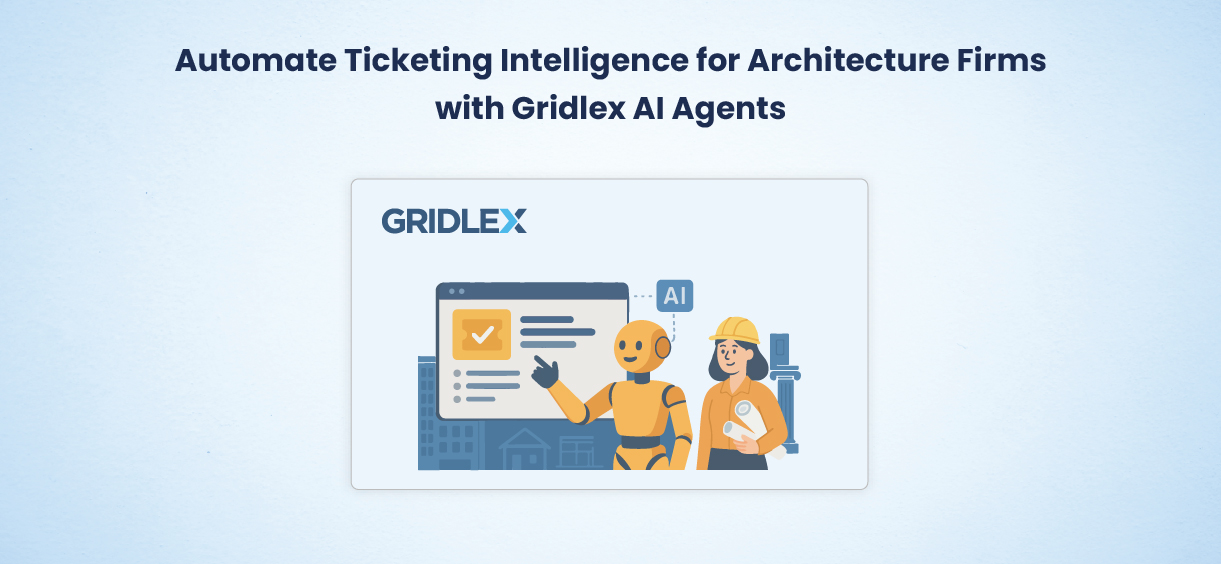Your customers want to buy expertise. Gridlex’s AI CRM creates and delivers industry-expert-level content for campaigns, lead generation, pipeline management, and more.
AI CRM and GTM platform for Life Sciences and Healthcare sectors including Biopharma and Medical Devices.
AI CRM and GTM platform for Real Estate and Construction sectors including Architecture, Engineering Services, and Lumber Building Materials.

When reps are managing dozens of HCP and HCO interactions daily, it’s easy for critical tasks to slip through the cracks. Gridlex solves that with real-time, AI-powered recommended actions …

Sample request processing shouldn’t rely on inbox triage and manual follow-ups. Gridlex AI Agents streamline the entire workflow. When an HCP or HCO sends a request by email, the …

Medical device contracts are packed with critical terms—products, pricing, rebate tiers—but all buried in PDFs and emails. Teams waste hours copying data into spreadsheets, risking errors, missed rebates …

Architecture firms face nonstop revisions, requests, and compliance tasks—emails vanish, updates get missed, and key info slips away.There’s a smarter way. Gridlex AI Agents turn every client …

Engineering teams face constant pressure, but RFIs, tool requests, and field changes still arrive in scattered emails—delaying response and missing urgency. Gridlex AI Agents bring structure and speed to …

Reps in Lumber & Building Materials industry often rely on memory or old product lists to drive cross-sells and that means missed revenue. Gridlex AI Agents give LBM teams an edge …